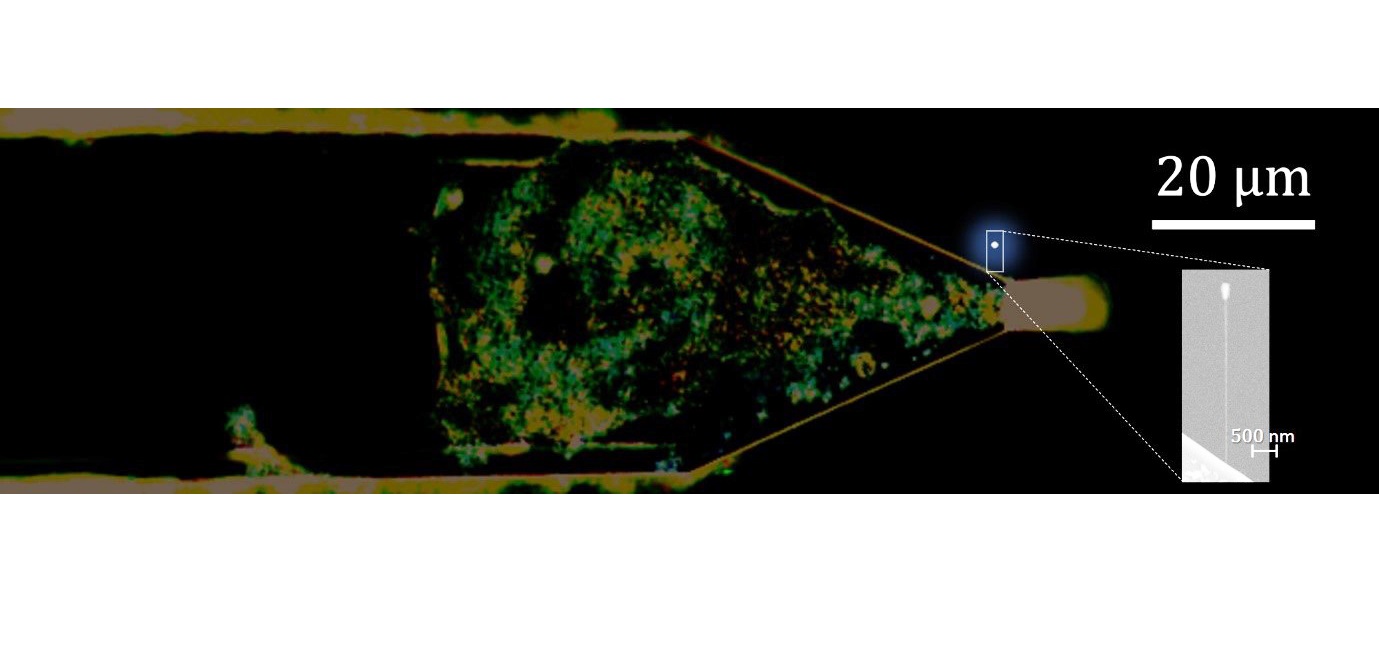15 February 2018
Optomechanics investigates the interactions between light and matter with the use of mechanical resonators. Optomechanics can be used as an extremely sensitive instrument for the study of new physical phenomena at the nanoscale (e.g. spin physics, quantum electron transport, surface science, and light-matter interaction).
Carbon Nanotube resonators have shown to be excellent ultra-high sensitivity sensing devices for these type of studies. In addition, one of the main goals of using these devices is to be able to observe and manipulate the quantum states of the macroscopic mechanical devices, although, the drawback lies in the thermal noise force, which, if not controlled properly, ends up diluting the quantum effects.
In a recent study published in Nature Communications, ICFO researchers Alexandros Tavernarakis, Alexandros Stavrinadis, and Ioannis Tsioutsios led by ICFO Prof. Adrian Bachtold, in collaboration with Prof. Pierre Verlot (iLM, Lyon, visiting Scientist at ICFO 2014 – 2016) report on a novel optomechanical device with the lowest level of thermal noise at room temperature, two orders of magnitude below the current state-of-the-art devices so far. Such discovery makes this device the most sensitive scanning device ever built.
Their achievement has been possible thanks to the use of an optically active nanoparticle, placed at the tip of a single-clamp Carbon Nanotube (CNT) resonator. The absorptive nature of this nanoparticle has allowed the system to control its vibrational states without the use, for the first time, of an optical cavity or optical resonator that helps attenuate or amplify the vibrations. By precisely calibrating the temperature of the system, they were able to achieve at room temperature thermal force noise levels only attainable under cryogenic conditions.
Because of its scanning probe geometry, this novel system has proven to show its potential for a number of applications not only for quantum technologies, but also for mass spectroscopy, ultra-sensitive force sensing, surface imaging, and even nanoplasmonics.

Ultra-sensitive Optomechanical Device at room temperature
An ICFO study has developed an optomechanical device with the lowest thermal force noise levels ever, only attainable so far under cryogenic conditions.

Hybrid carbon nanotube nano-optomechanical device and experimental setup











